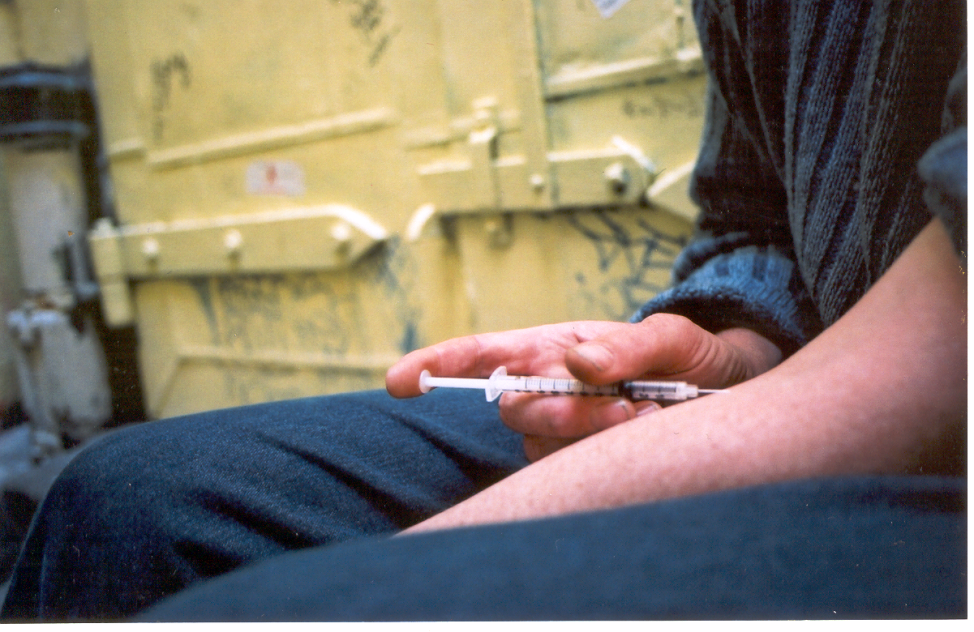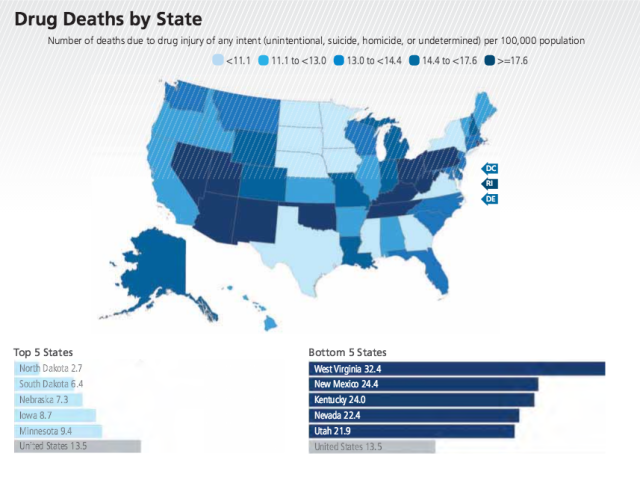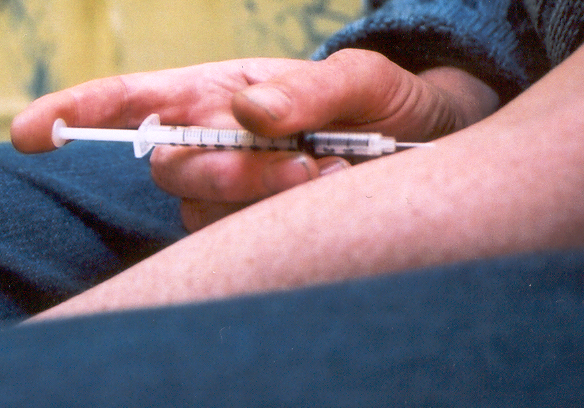
There are troubling increases in U.S. drug deaths, according to the America’s Health Rankings annual report. (Photo by Flickr user Urban Seed Education via Creative Commons License)
A new report finds “troubling increases” in the rate of U.S. drug deaths.
Drug deaths are up 4 percent over last year, from 13 to 13.5 deaths per every 100,000 people, according to America’s Health Rankings’ annual report.
“They’re up across the board and that’s worrisome,” said Dr. Reed Tuckson, a senior medical adviser to United Health Foundation, which produced the report. “One of the major reasons drug deaths are up is because people who have been abusing prescription drugs are now starting to move over to illegal drugs when they can’t acquire their prescription drugs.”
Drug overdose deaths are the leading cause of injury death in the United States. In 2013, more than 24 million Americans over the age of 12 used an illicit drug in the past month including marijuana, cocaine, heroin and misused prescription drugs.

America’s Health Rankings Annual Report, United Health Foundation
After marijuana, prescription drugs are the substance Americans abuse most. The problem is beginning to touch portions of the population that have not been previously impacted.
“Prescription drug and abuse numbers are also becoming intermingled across the population,” Tuckson said. “These are no longer a problem of poor people but, in fact, are now becoming a problem for suburban America and communities that traditionally have not experienced these kinds of problems.”
The five states experiencing the highest rate of drug deaths are West Virginia, New Mexico, Kentucky, Nevada and Utah. States with the lowest rate include North Dakota, South Dakota, Nebraska, Iowa and Minnesota.
Since 1999, the amount of prescription painkillers prescribed and sold in the United States has nearly quadrupled, according to the U.S. Centers for Disease Control and Prevention (CDC). However, during that same period, Americans have not reported an overall increase in the amount of pain they experience.
“We do know that physicians are writing for prescription drugs sometimes in inappropriate ways and or not controlling appropriate access and length of time these drugs are used,” Tuckson said.

Physical inactivity is responsible for 1 in 10 yearly deaths and increases the risk of heart disease, diabetes, high blood pressure, obesity and certain cancers. (Photo by Flickr user Rafael Castillo via Creative Commons License)
Obesity and diabetes are two other key heath challenges for Americans. Almost one-third of American adults — 29.6 percent — report being obese. Twenty-five years ago, less that 12 percent of the adult population was obese.
Today, one in 10 U.S. adults has diabetes, compared to 20 years ago, when 4.4 percent of adults suffered from the chronic condition.
There are bright spots in the report. Smoking is down and more Americans are being physically active.
“Those two together may mean that the population is beginning to get the message and that we’ll start to see, in the years to come, some positive movement on the obesity and diabetes numbers,” Tuckson said.
The report calls on community groups and organizations, public officials and the medical system to come together to work on improving America’s overall health. Investing in prevention in public health is one way Tuckson believes America can tackle some of these problems.
Ultimately though, it’s up to each individual.
“This is not a spectator sport,” Tuckson said. “This is about whether you live or whether you die prematurely, and the quality of that survival. Kind of more important than going to a football game.”






















